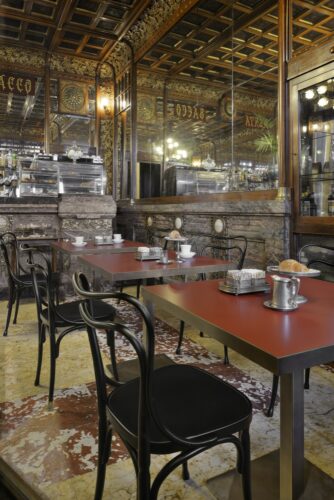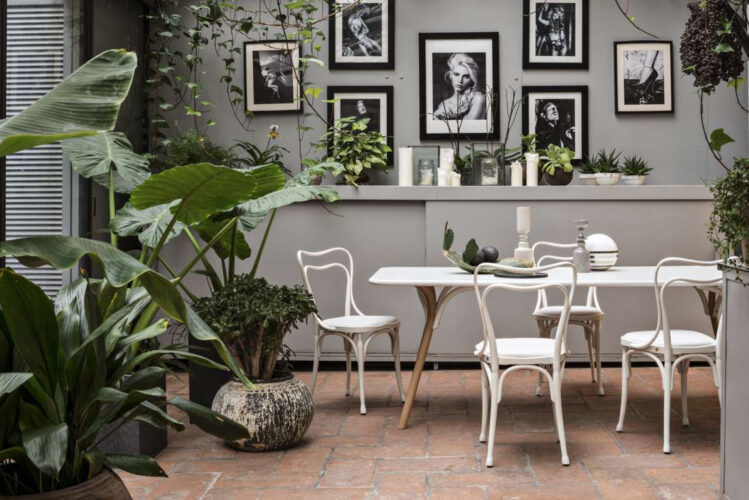

Published on : Monday, May 4, 2020

Loos Café Chair opens a new chapter in the history with a refined and timeless object, the famous chair from its traditional craftsmanship. Designed in the nineteenth century, Adolf Loos Chair signifies elegance, shape lightness and everyday life. Singing of the long tradition of Viennese bent wood Adolf Loos’s famous Chair has today been revived with the assistance of the new production techniques that successfully leave its artisan quality unaltered.
The protagonist is Loos Café Museum chair is the first chair of the long tradition of Viennese bent wood and Michael Thonet which is named after the designer Aldolf Loos. Loos Cafe Museum was born on commission. Adolf Loos was commissioned for the project of the Café Museum thanks to Max Fabiani. Fabiani, member of the jury of the competition launched by the magazine “Der Architekt” in 1898, was not happy with the winner, the architect Von Dahlen, and perhaps for this reason he suggested the name of Loos, who had received the second prize as designer of the new coffee, as if he wanted to compensate him for not choosing him as winner.

There was only one chair for Loos suitable for modern living: the one with bent wood, the Thonet chair, as he himself writes in “Ornament and crime” of 1908. The choice for the design of his restaurant, archetype of the classic Viennese coffee, is therefore obvious: tables and chairs in steam bent wood.
This is how the Loos Cafè Museum was born: from the derivation of previous models, as tradition dictates. A timeless project, perfect even today! Loos Cafe Museum is intertwined with another highly fascinating saga, that of the Nobel Prize. Each prize winner signs a Loos Cafe Museum chair that becomes part of the historical collection of the Nobel Museum in Stockholm. Inspired by Thonet catalogue models nos. 14 and 30, and Kohn catalogue model no. 248, the Loos Café Museum was specifically designed to furnish the famous Café Museum in Vienna in 1898. The innovative structure uses elliptical, rather than round, cross sections to give a light aesthetic without compromising stability. The Loos Café Museum has a curved seat frame formed as a single piece, with or without dipped seat. The seat back has a partially oval section.
Tags: Chair, furniture and accessories, Heritage, Heritage and Design, Loos Café, Museum, Vietnamese chair